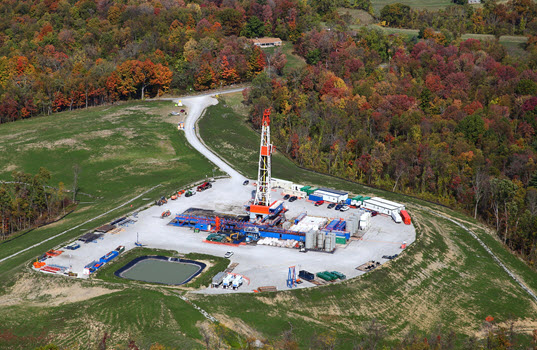Year-over-year increases in U.S. proved reserves resulted in record-high levels of crude oil and lease condensate, up 12%, and natural gas up 9%, in 2018, according to the U.S. Crude Oil and Natural Gas Proved Reserves, Year-End 2018 report. The U.S. Energy Information Administration (EIA) published its annual reserves report today, based on data reported on Form EIA-23L, Annual Report of Domestic Oil and Gas Reserves, which highlighted the new records for reserves.
Strong oil and natural gas prices in 2018 drove the increase in oil and natural gas proved reserves in the United States to these record levels.
“The United States increased its proved reserves of oil and natural gas, establishing new records in 2018 according to a recently released EIA report,” EIA Administrator Linda Capuano said in a statement. “Crude oil and lease condensate increased by 12% from 2017, and natural gas climbed 9% during the same reporting period.”
Texas saw the largest net increase in natural gas proved reserves of all states in 2018 (22.9 trillion cubic feet (Tcf)) with the largest share of the increase coming from the Wolfcamp/Bone Spring shale play in the Permian Basin. The next largest gain in natural gas proved reserves in 2018 was in Pennsylvania (14.2 Tcf), with the largest share of the increase coming from the Marcellus shale play of the Appalachian Basin.
Proved reserves are those volumes of oil and natural gas that geological and engineering data demonstrate with reasonable certainty to be recoverable in future years from known reservoirs under existing economic and operating conditions. U.S. Crude Oil and Natural Gas Proved Reserves, Year-end 2018 is available at: http://www.eia.gov/naturalgas/crudeoilnaturalgasreserves.










